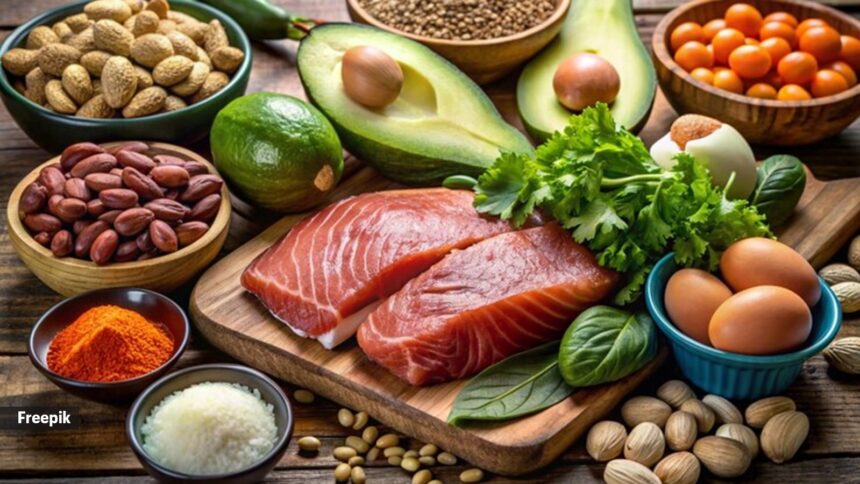While we all know about the into our daily diet, it may be a surprise when we tell you there are two classes of this essential component. Understanding the distinction between them is crucial, especially for vegetarians and those looking to maintain a balanced diet.
Proteins are divided into two classes — class I and class II. Dr Pranav Honnavara Srinivasan, consultant gastroenterologist at Fortis Hospital , explains, “I’ve seen countless diet trends come and go. But one fundamental principle remains constant: protein is essential for . However, not all proteins are created equal. Understanding the distinction between class one and class two proteins can empower you to make informed dietary choices and ensure your body gets the complete range of amino acids it needs to thrive.”
Class One Proteins (Complete Proteins): They contain all nine essential amino acids that our bodies can’t produce independently. Think animal-based sources like meat, poultry, fish, eggs, and dairy, says Dr Srinivasan.
Class Two Proteins (Incomplete Proteins): These proteins are like puzzles with missing pieces. They lack one or more of the essential amino acids. Most plant-based protein sources like beans, lentils, grains, and nuts fall into this category.
“Understanding this because your body needs all nine essential amino acids to function optimally. Without them, you could experience a range of health problems, from muscle wasting and impaired immunity to fatigue and poor wound healing,” states Dr Srinivasan.
Class one proteins are readily available in animal-based foods, but what about those following a vegetarian or vegan diet?
Common Class One Sources: Dr Srinivasan says, “ Meat, poultry, fish, eggs, and dairy are excellent sources of complete proteins. They provide all the essential amino acids in adequate amounts, making them ideal for building and , supporting immune function, and promoting overall health.”
Class Two and Missing Amino Acids: Plant-based proteins like beans, lentils, grains, and nuts are often deficient in one or more essential amino acids. For instance, grains tend to be low in lysine, while legumes are usually low in methionine, he informs.
Dr Srinivasan stresses, “This doesn’t mean you should avoid plant-based proteins. They’re still valuable sources of nutrition, offering fiber, vitamins, minerals, and other beneficial compounds. However, it’s important to strategically combine them to ensure you’re getting all the essential amino acids your body needs.”
Dr Srinivas notes that combining different throughout the day is key to achieving a complete amino acid profile for vegetarians. Here are some effective strategies:
*Complementary Proteins: Combine foods that complement each other’s amino acid profiles. For example, pair grains (like rice or quinoa) with legumes (like beans or lentils) or nuts and seeds (like almonds or chia seeds) to create a complete protein meal.
*Variety is Key: Don’t rely on just one or two plant-based protein sources. Include a wide variety of legumes, grains, nuts, seeds, and soy products in your diet to ensure you get a full spectrum of amino acids.
*Consider Supplementation: If you’re struggling to meet your protein needs through diet alone, consider supplementing with a plant-based protein powder or individual amino acid supplements. Consult with a registered dietitian or healthcare professional to determine the best approach for you.
DISCLAIMER:








